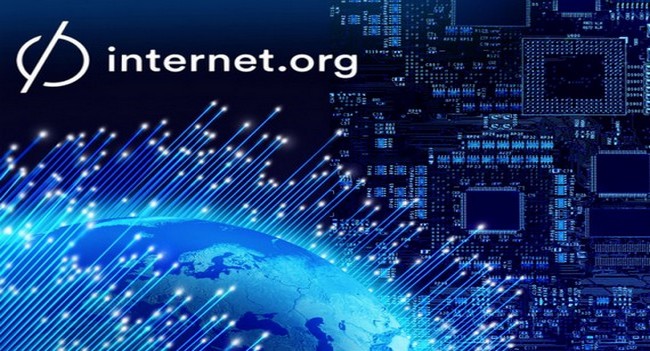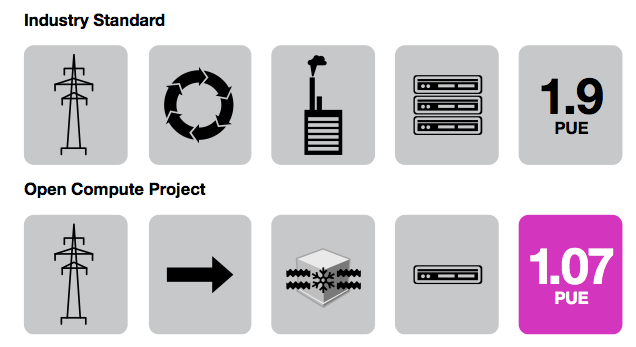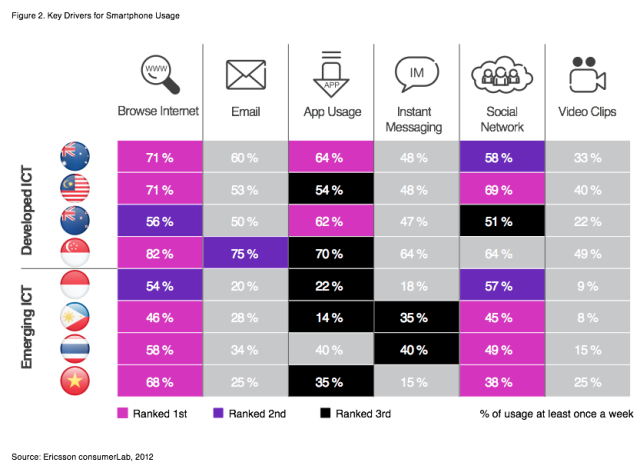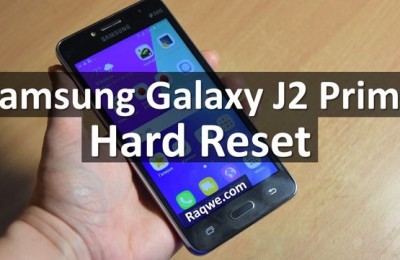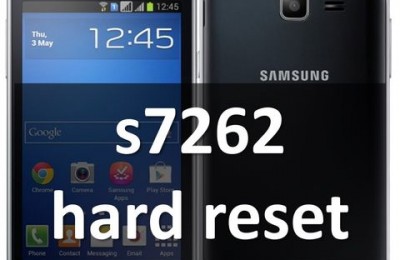HipHop, Air Traffic Control, WebP and Supplemental Downlink – here are some technologies that the company develops Facebook along with a number of partners, including Ericsson, MediaTek, Nokia, Opera, Qualcomm and Samsung in the framework of the project internet.org . Recall, the main objective of the project – to make the Internet accessible to everyone. Today, Facebook released a document with 70 pages of which is painted in detail exactly how the technology giants are going to increase the volume of international traffic in 1000 and to make the Internet 100 times more effective in the next 5-10 years.
Internet.org project was launched last month. At that time, the company briefly discussed how to make the Internet more accessible. At present, Facebook, Qualcomm and Ericsson have decided to go a little further, shedding light both on proven technology, and on those that are under development.
It is worth noting that Facebook started to think about how to make the Internet more accessible long before the start of the project internet.org. To improve the efficiency of data exchange in 2010, the company released a compiler HipHop (HPHPc), which aired PHP in C + +, while significantly improving performance. This allowed each server to handle 50% more data, but that was not enough, and the company has set up a virtual machine for PHP called HipHop Virtual Machine (HHVM). As a result, increased productivity fivefold.
Not so long ago, Facebook also took up the project Open Compute Project – the creation of buildings for servers of “green” materials. According to giant, like the body can greatly improve the efficiency of data centers and reduce their impact on the environment. Open Compute technologies have made one of the data centers, Facebook, or rather Luleå (Sweden), one of the most efficient in the world. Now there are stores over 250 billion images and more than 250 petabytes of data. Every day updated by the server over 0.5 PB new data and operates with no errors.
Individual attention technologies that are currently being tested Facebook. For example, the Air Traffic Control System is designed to “facilitate the simulation of traffic engineers directly at the offices of Facebook». They will be able to control the bandwidth, delay, packet loss and other important indicators. According to Facebook, Air Traffic Control technology lets you test different cellular standards (EDGE, 3G and 4G), and to identify ways to improve the performance of applications in developing countries.
The largest social network also began for the adaptation of the graphic image compression format WebP, developed by Google. Now all the advantages of WebP uses the Facebook app for Android-powered devices, but in the near future the company plans to implement these capabilities on other platforms. When converting images from JPEG, GIF or PNG to WebP without loss of quality to save about 20% of the traffic.
With the growth of the smartphone market by one of the priorities of Facebook is to develop more effective systems for caching data, tools for compression of transmitted data, and reducing the amount of data required to run applications. The company has even developed an application Facebook For Every Phone for simple phones with support for Java, which is one of the ways by which internet.org plans to increase the number of Internet users by 5 billion people.
Qualcomm has also described some of the technologies on the creation of which it is currently operating within the framework of the project:
- Carrier Aggregation and Supplemental Downlink – the union of different operating ranges in order to provide higher data rates;
- LTE-Broadcast – simultaneous transmission of a plurality of users of content in order to reduce the load on the network;
- LTE-Direct – the exchange of data between two devices without having to connect to the network;
- DSRC – the network of short-range, which allow vehicles to share information in order to prevent accidents.
Ericsson will, in turn, conducted a study to find out exactly what people want from a wireless connection.
Read another very interesting article about alternative energy of the Sun, water and air.

